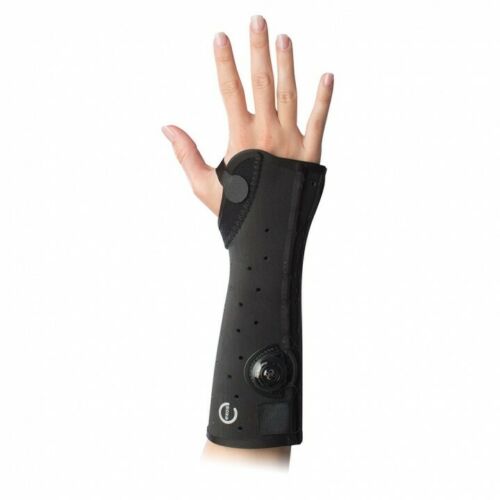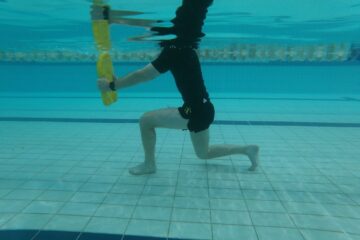Physiotherapists are often the first medical professionals to identify fractures or breaks in your bones. Using a range of specific tests and assessments our physios will identify if you need a referral for an x-ray.
If your doctor has already confirmed that you have a fracture, you may be referred for management at our physio clinic and we will be able to help you.
Traditionally, the hospitals will put fractures into casts made of Plaster of Paris. As technology has moved on, we are able to offer superior methods of fracture management.
- We immobilise ALL wrist/hand fractures in an Exos brace (Thermodynamic splint). The advantages of this are:
- All splints are fitted to the individual limb. If the splint doesn’t fit, it can be remodelled easily, unlike a plaster cast. This reduces the risk of pressure sores.
- The brace is waterproof, unlike a plaster cast. Your kids can swim!!!
- The brace can be removed, for cleaning, (under instruction of your physiotherapist), unlike a plaster cast
- The fracture can be x-rayed through the brace, unlike a plaster cast

- We immobilise ALL ankle fractures in a boot with pneumatic technology. The advantages of a boot are:
- You are often able to fully weight bear (put your foot down) quicker than if you were in a plaster cast.
- Pneumatic technology ensures a bespoke fit to your ankle, unlike a plaster cast. Again, this reduces the risk of pressure sores with an ill fitting cast.
- The boot can be removed, unlike a plaster cast. Under the guidance of your physiotherapist, this is always welcome on a hot summer’s day! Also, this allows you to clean your foot and ankle.
Following a fracture, you will usually need to be immobilised for 4-6 weeks. It is normal that you will require a period of rehabilitation following this to address the subsequent joint stiffness and soft tissue tightness. Your physiotherapist will assist you in your recovery. Through manual therapy and progressive home exercises, your physio will help you to restore full range of movement, full muscle power and normal function.


